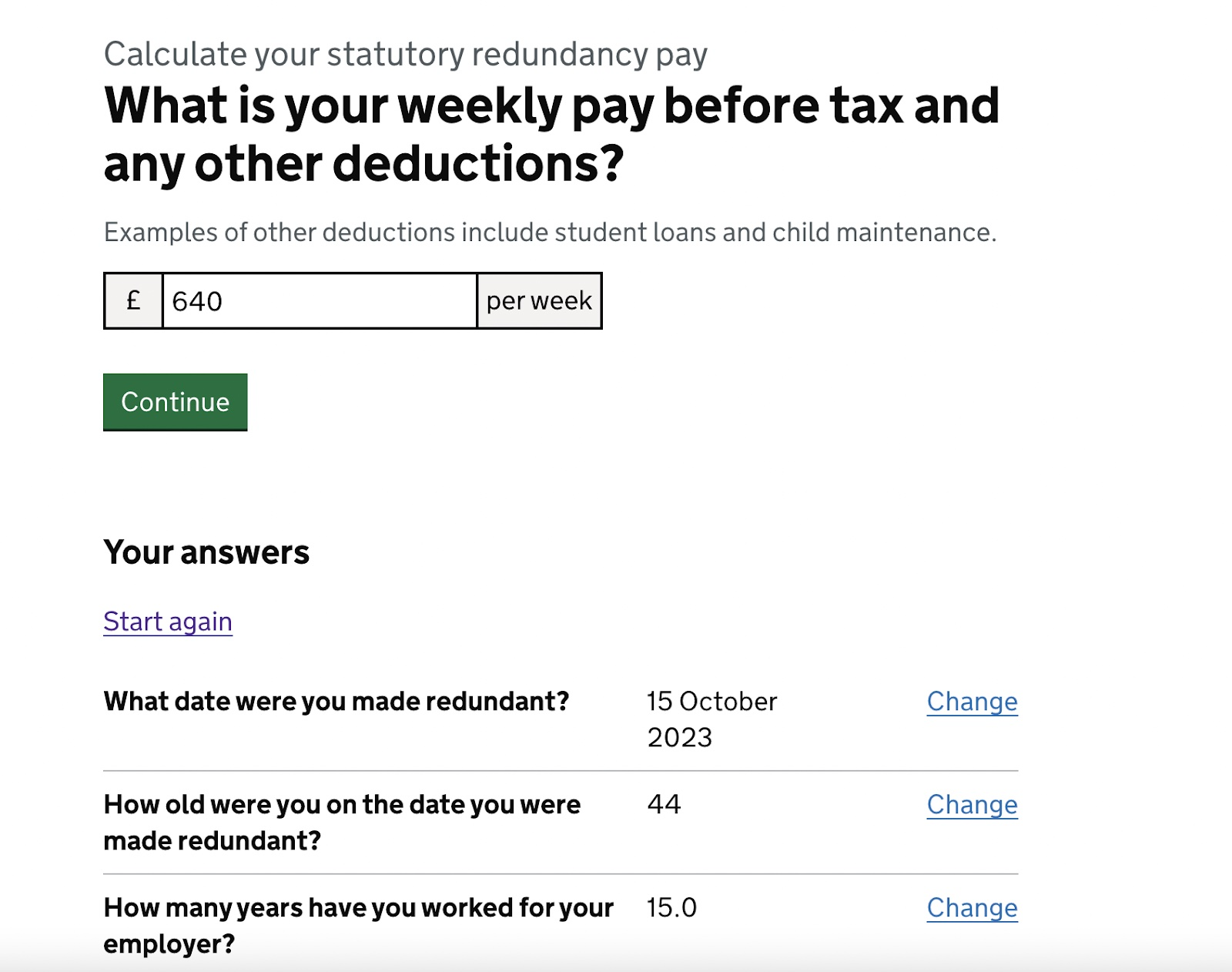Small Business Closing Employee Rights UK: What You Required to Understand About Redundancy
Small Business Closing Employee Rights UK: What You Required to Understand About Redundancy
Blog Article
Investigating the Interaction In Between Business Redundancy and Business Versatility for Future Development
In the dynamic landscape of today's company globe, the elaborate relationship in between firm redundancy and organizational versatility emerges as an important variable for continual development and success. Business typically deal with the obstacle of striking a delicate equilibrium in between keeping a level of redundancy to reduce dangers and fostering adaptability to react quickly to the ever-evolving market needs.
Relevance of Company Redundancy
Company redundancy is a crucial aspect that enhances business durability and alleviates functional risks. By integrating redundancy procedures within the organizational framework, firms can much better hold up against unforeseen disruptions and fluctuations in the organization setting. Redundancy offers as a critical barrier, permitting companies to adapt and respond efficiently to unexpected obstacles without endangering important operations.
One trick facet of the value of firm redundancy is its role in ensuring continuity during times of crisis. When confronted with sudden changes or emergency situations, redundant systems, resources, or workers can step in to keep important features and protect against prevalent interruptions. This connection not only safeguards the business's online reputation and customer depend on but also minimizes financial losses and operational downtime.

Methods for Organizational Versatility

Another critical technique is purchasing innovation and facilities that can support flexibility and scalability. Applying digital tools, automation, and information analytics can streamline operations, improve performance, and give useful insights for notified decision-making. Additionally, developing adaptable organizational frameworks that enable for quick changes to market dynamics and consumer needs is necessary for remaining competitive in a quickly progressing setting. By proactively recognizing possible disruptions and possibilities, organizations can proactively flourish and adapt in an ever-changing service landscape.
Balancing Redundancy and Versatility
Accomplishing an unified stability in between operational redundancy and organizational versatility is critical in navigating the complexities of a dynamic business environment. Striking the best equilibrium between redundancy and flexibility is a have a peek at these guys fragile procedure that requires a deep understanding of the company's objectives, sector characteristics, and danger tolerance.
To attain this equilibrium, companies need to carry out regular evaluations of their procedures to determine areas where redundancy is necessary for threat mitigation and where adaptability can drive technology and development. Carrying out flexible structures, cultivating a culture of continual discovering and enhancement, and urging open interaction across all degrees of the organization are essential strategies to integrate redundancy and flexibility efficiently. By aligning these 2 essential components, firms can position themselves for sustainable growth and success in an ever-changing company landscape.
Instance Research Studies on Adjustment Success
In checking out instances of effective business adjustment, it comes to be noticeable that the interaction between functional redundancy and flexibility is a specifying variable in forming resilient organizations. A DVD rental solution, Netflix demonstrated impressive versatility by transitioning into a streaming platform when digitalization interrupted the industry. These case researches underscore the relevance of operational redundancy paired with organizational flexibility in cultivating long-lasting development and competitiveness.
Structure Strength for Future Growth
Building strength for future growth requires a strategic placement of operational procedures with market dynamics and arising fads. Firms need to adjust to altering settings by fostering a culture of versatility, advancement, and continuous enhancement.
Furthermore, promoting solid partnerships with stakeholders, such as clients, workers, suppliers, and the community, is crucial for keeping and weathering uncertainties count on and like this support during turbulent times. Reliable interaction and openness play a vital function in structure strength, as they aid help with and straighten expectations partnership in navigating unpredictabilities.
In addition, companies require to prioritize learning and growth efforts to upskill employees and furnish them with the needed tools to adjust to altering situations. By spending in their labor force, firms can boost their adaptability and dexterity, eventually enhancing their durability for lasting future growth.
Conclusion

In the vibrant landscape of today's business globe, the intricate relationship between firm redundancy and organizational versatility emerges as an important factor for continual development and success. Business often deal with the difficulty of striking a delicate balance between preserving a read this post here level of redundancy to reduce threats and promoting flexibility to respond swiftly to the ever-evolving market demands.To accomplish this balance, firms need to conduct regular evaluations of their operations to determine areas where redundancy is required for risk mitigation and where versatility can drive development and growth.In verdict, the interaction in between firm redundancy and business adaptability is critical for future growth. Structure durability via a mix of redundancy and flexibility will certainly make certain that companies are prepared for the obstacles of the future.
Report this page